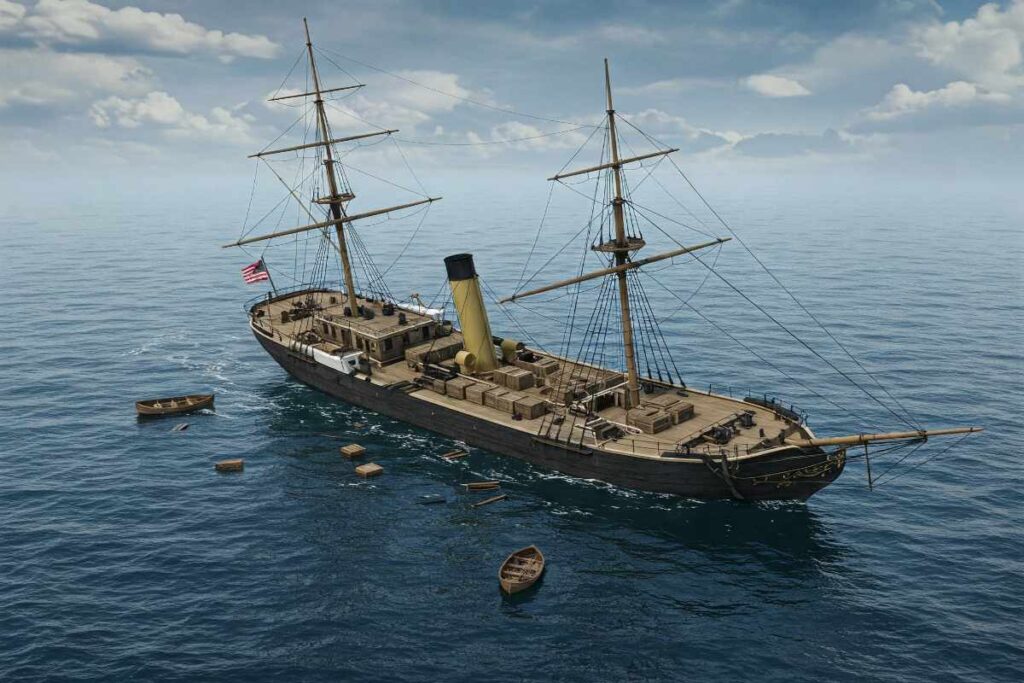It’s been over a hundred years since the mysterious ship Mary Celeste was found abandoned in the sea with its passengers missing, but its cargo intact. The whereabouts of the 10 people on board are still unknown. The ship, which many believed to be haunted, has remained a subject of controversy.
Since then, multiple and mostly chilling explanations have been provided as to why the ship’s mission to Italy was aborted. Theories range from pirate attack, an invasion by blood-thirsty sea creatures, and mutiny, down to supernatural disappearance. But none has led to the unravelling of one of the most shadowy incidents in the history of sailing.
What happened during the voyage? Were they attacked? If they were, did it happen during the day or in the darkness of the night with boisterous sea waves drowning out their cries for help? Or did they walk away from the ship? These and many more questions continue to linger till today.
The story began on November 7, 1872, when the American Brigantine, Mary Celeste, set sail for Genoa, Italy. Onboard the vessel were its captain, Benjamin Spooner Briggs, his wife, their two-year-old daughter, and seven others. The ship was also transporting 1,700 barrels of alcohol to a South-central European country.
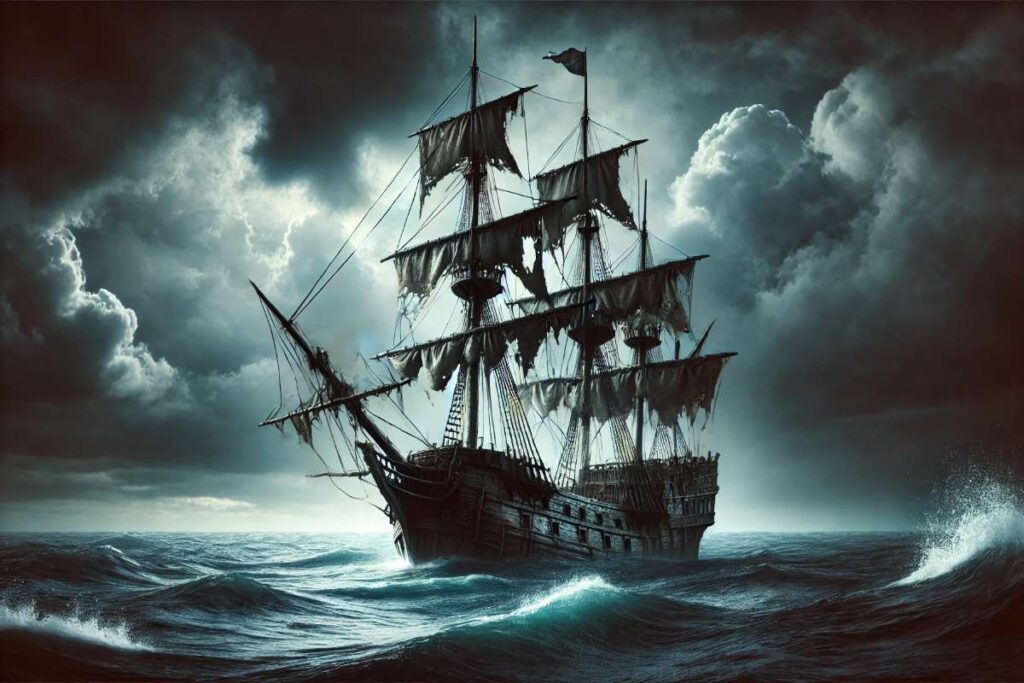
However, what seemed like a regular, smooth journey across the Atlantic soon turned awry. Days after she left the shores of America, Mary Celeste was yet to arrive at her destination. The welcome party stationed in Genoa knew that there was trouble.
The ship’s last known location, according to its latest log entry, showed that it was somewhere close to the coasts of Portugal, which wasn’t its expected route. It was clear that the ship needed help.
Mary Celeste is Found!
Thankfully, British brig Dei Gratia was close by – about 400 miles east of the Azores, Portugal. It was December 5, 1872, nearly a month later. As soon as David Morehouse, captain of Dei Gratia, spotted the distressed ship, he left his original course and steered towards the ship’s direction.
When his ship got close, he ordered some of his men on a boat to find out what was going on. The boarding party reported some interesting findings by the time they got back.
First, they discovered about three and a half feet of water in the ship’s hold. This water level was nowhere near dangerous and was nothing for the Mary Celeste passengers to be worried about. The ship could still have comfortably continued its journey.
They also found personal belongings intact. The ship still had some months’ supply of food and water. The barrels of alcohol were also resting peacefully with no signs of being plundered.
However, there were some clues to suggest what transpired on the ship. The ship’s singular lifeboat was absent. It had been removed from its place. One of the ship’s pumps was found disassembled, and a sounding rod was discovered on deck. The rod was the instrument used in ascertaining the quantity of water on the ship’s hold.

Looking around, there were no signs of human life anywhere on the surrounding blue waters. Captain Morehouse could only hope that the passengers had somehow made it safely to land. He and the members of his crew manned both ships and sailed to Gibraltar. They arrived in the city on December 13.
On their return, the British authorities ordered an investigation to determine what befell Mary Celeste and her passengers. An investigative committee was set up, headed by Gilbratar’s attorney-general, Frederick Solly-Flood.
The team considered every sensible possibility that could explain the incident. They saw no signs of any foul play and weren’t able to reach any solid conclusion about the cause of the ship’s abandonment.
Useful documents such as the ship’s manifest and bills of lading could have helped the investigators get closer to the answers they sought. But these documents were missing when the ship was found.
What Happened to Mary Celeste?
To date, we don’t know for sure what transpired during the Mary Celeste’s ill-fated voyage to Italy. What could have made all ten passengers abandon their ship halfway? This question could only produce a truckload of theories and speculations.
The most widely believed explanation was that the Briggs family and the crew members abandoned the ship on their own. The theory stated that Briggs, thinking that the ship had gulped in too much water, led the passengers to escape for safety.
According to this theory, Briggs could have used the sounding rod, which was found on the ship’s deck. The location of the rod suggested that it had likely been used. So, what if the rod malfunctioned and gave him a faulty assessment of the water level? Also, the faulty pump could have reinforced Briggs’ erroneous conclusion.
The explanation also stated that Briggs and the rest of the passengers died from an accident while they journeyed on the lifeboat. There were also suggestions that Mary Celeste was targeted by pirates. But that story had a major hole in it, seeing that the barrels of alcohol were left untouched.
Investigators also found that a number of music books were in the captain’s cabin. None of the books was wet or moist, showing no signs of contact with water. A harmonium was also in the cabin alongside a sewing machine.
What seemed like blood stains on the captain’s sword were also found on the deck. But investigation showed that the red stain wasn’t blood. What it was has remained a mystery till today.
The explanation that pointed to mutiny also didn’t make much sense. Captain Morehouse’s crew didn’t discover any signs of violence or struggle on the ship. Also, there was no proof to justify the theory that the passengers deserted the ship after the alcohol fumes caused an explosion.
Among the most popular explanations for the Mary Celeste situation was that the ship was attacked by sea monsters. According to the story, a large sea creature, possibly a giant octopus, emerged from the sea and devoured the travellers. Using its tentacles, it reached into the ship and extracted its victims before swallowing them.
Again, this theory was easy to dismiss. The condition of the ship showed no signs of a struggle or violent attack. The Solly-Flood team also considered the possibility of insurance fraud, but this theory didn’t make sufficient sense, except that in their bid to abandon the ship, the 10-man passengers fell into some unexpected trouble at sea, which cost them their lives.
Mary Celeste Had a Troubled Past
Another curious aspect of the Mary Celeste story was the ship’s less-than-fortunate history. Before the tragic journey to Italy, the 282-ton vessel had a dark past.
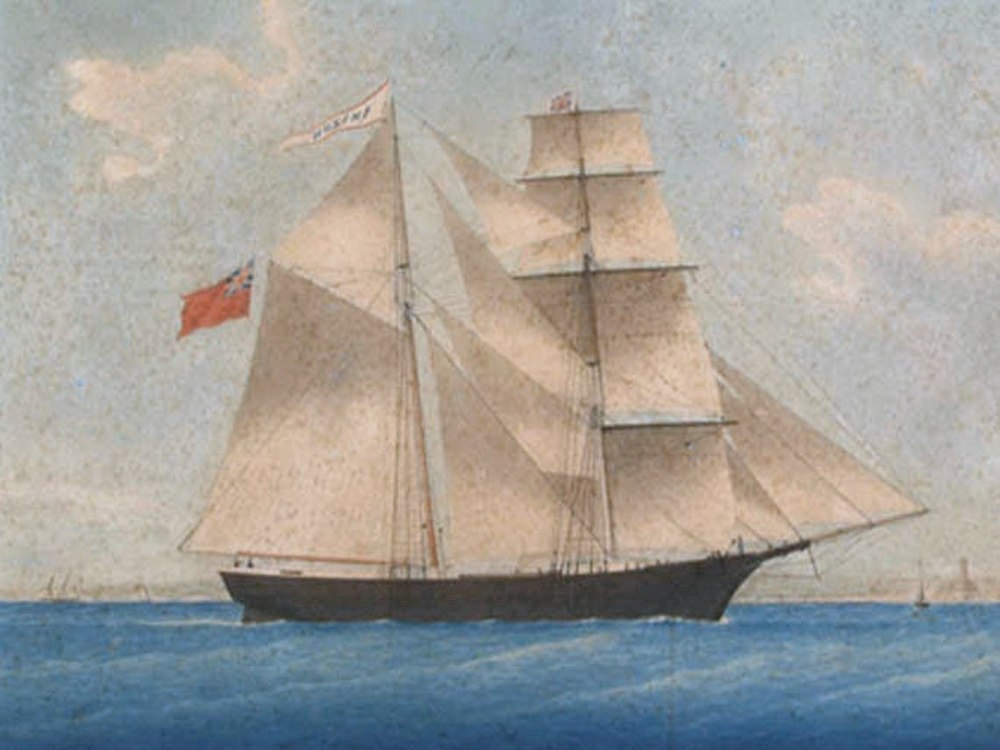
The ship was built in Spencer’s Island, Nova Scotia, Canada, in 1861. It was unveiled on May 18 of the same year. Since then, it had been involved in one sad tale or the other.
Initially named Amazon, the ship failed to live up to its name. Its first voyage led to a tragic end.
Its first journey was to London with a load of timber. But the captain, McLelland, fell ill with pneumonia and later died. The ship also experienced an unusual share of mechanical faults. It got damaged on numerous occasions and was grounded for repair for extended periods.
On one of its subsequent journeys, Amazon collided with fishing gear off the coast of Maine. Later on, it rammed into a brig in the English Channel, causing the brig to sink. Again in October 1867, Amazon was blown ashore on a Canadian Island and suffered damage. After the repair, the ship’s ownership changed multiple times.

In 1868, its new owner, Richard W. Haines, was the one to rename it Mary Celeste. After many other episodes of damage, Haines got fed up and sold the ship to a consortium of which Captain Benjamin Spooner Briggs was a part.
More Theories Emerge
As mysterious as the Mary Celeste story was, months after it happened, public interest had waned considerably. The story appeared in many newspaper headlines, and that was it.
It took the work of a legendary writer, Sir. Arthur Conan Doyle to revive the story. After he published a short story concerning the incident in 1884, interest surged once again. Once again, his sensational account of what transpired sparked another wave of speculations and theorization. Doyle painted a scenario where
24-year-old Conan Doyle, who was a medical doctor at the time, practiced at sea. After his graduation from the Edinburgh University medical school, he applied for the post of a ship’s medical officer. It was during his time at sea that he heard about the puzzling Mary Celeste story.
Motivated by literary ambitions, Doyle put on his thinking cap and crafted a thrilling story. The result of his brainstorming was a short story titled “J. Habakuk Jephson’s Statement,” which was later published by The Cornhill Magazine. The book was full of a fictional testimony of the events that played out.
In the book, Doyle blended his imaginary story with some factual elements of the Mary Celeste story. He took advantage of his own experience aboard a ship as a medical doctor. He worked on a steamship called Muyumba, which sailed near the coast of the West African nation of Liberia.
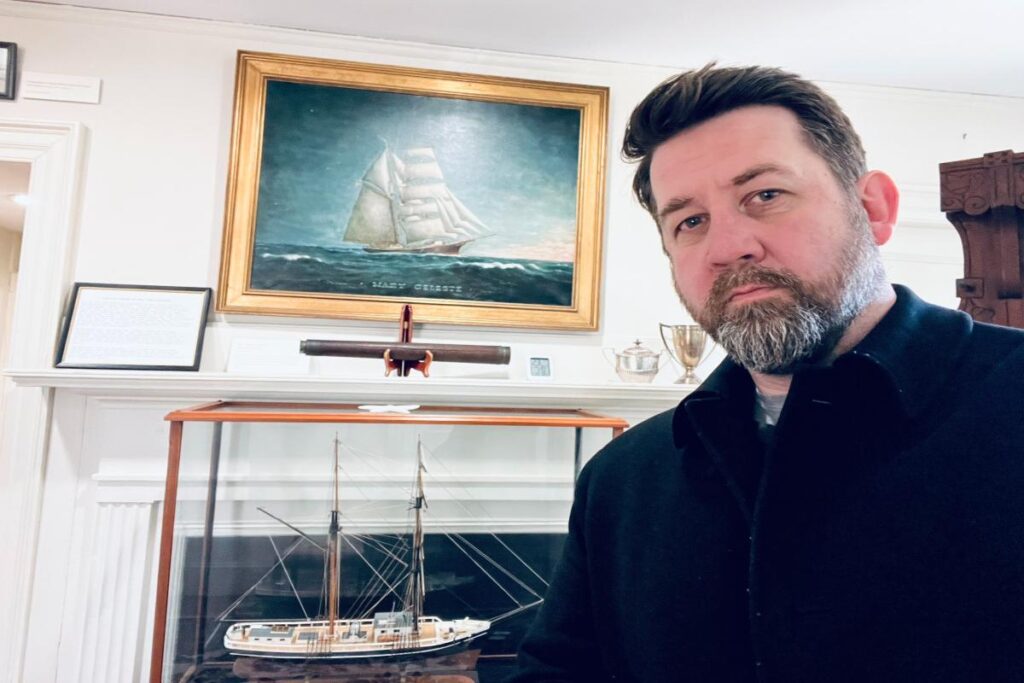
Liberia was a former United States colony that was built by former slaves. According to Doyle’s book, a former slave who was on a revenge mission attacked Mary Celeste. The angry slave killed everyone on board. The only survivor happened to be a white American named Jephson who later summoned the courage to tell about his ordeal.
The book became an instant hit after it hit the shelves in January 1884. Not just did the story captivate its readers, but they were convinced that it was the actual account of what transpired on Mary Celeste.
Interestingly, some sections of the media were taken in by Doyle’s excellent storytelling. It took Frederick Solly-Flood to debunk the story. In his statement, he described the story as a fabrication. But rather than quell the false narrative, the Mary Celeste story soon became the object of numerous other fabrications.
Also, the story inspired the authorship of many other books. Even Solly-Flood began to publish his personal views on the incident. Film producers jumped on the train and created movies and documentaries from it.
The movies included “The Mystery of the Mary Celeste” (1935), which starred Hungarian-American actor Bela Lugosi, and “The Haunting of the Mary Celeste” (2000). One such documentary was “The True Story of the Mary Celeste” (2007) written and produced by ace documentarian Anne McGregor.
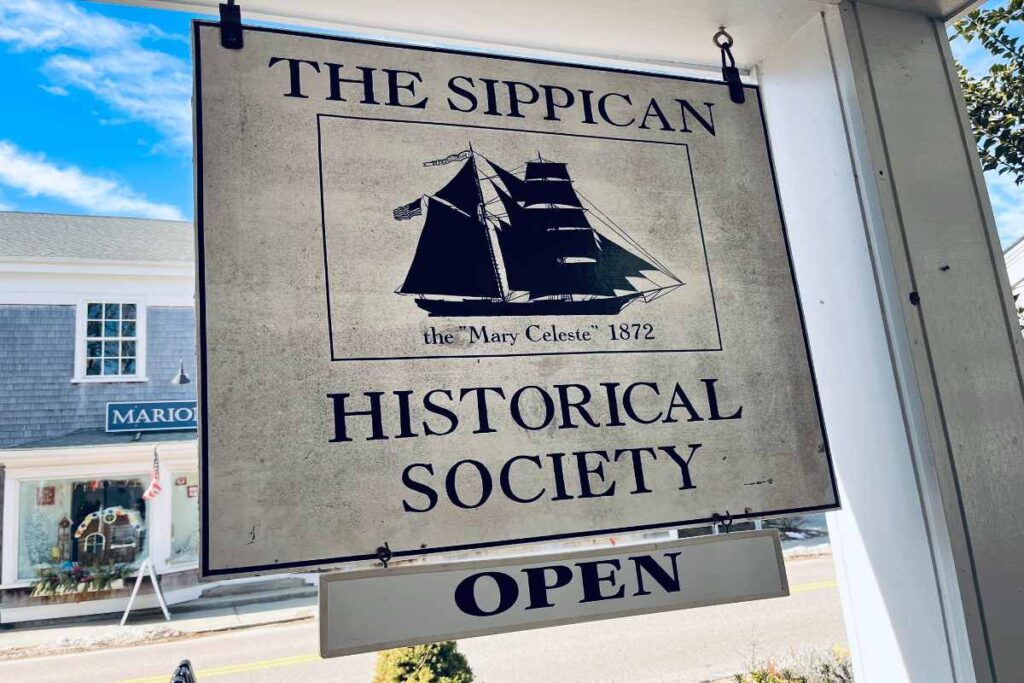
Although this documentary also failed to reach a conclusion about what happened, it provided more intelligent insight into the incident. The documentary suggested that Briggs, based on the reading of a faulty chronometer, the faulty pump, and his sighting of land, concluded that the ship be abandoned on November 25.
Usually, captains are known to abandon their ships once they set their eyes on land. Notes from the ship’s logbook compiled by Solly-Flood showed that Briggs expected to see land earlier than he did. Worried about the ship’s chances of making it to shore before sinking, he changed course and headed for the Islands of Santa Maria.
On sighting land, he ordered the passengers to disembark from the ship. McGregor hasn’t backed down from her attempts to get to the bottom of the story. She has vowed to continue her research.
Mary Celeste was sold and resold to new owners. She served for some more years before she was destroyed far less mysteriously by her last owner, Captain Gilman C. Parker. In 1885, in a ploy to fake an accident and claim huge insurance money, Parker sailed it dangerously into a coral reef close to the island of Haiti.
However, Mary Celeste surprisingly refused to sink. But the ship experienced too much damage and couldn’t be fixed afterward. After authorities discovered Parker’s plan, they charged him with fraud. He died three months later.


